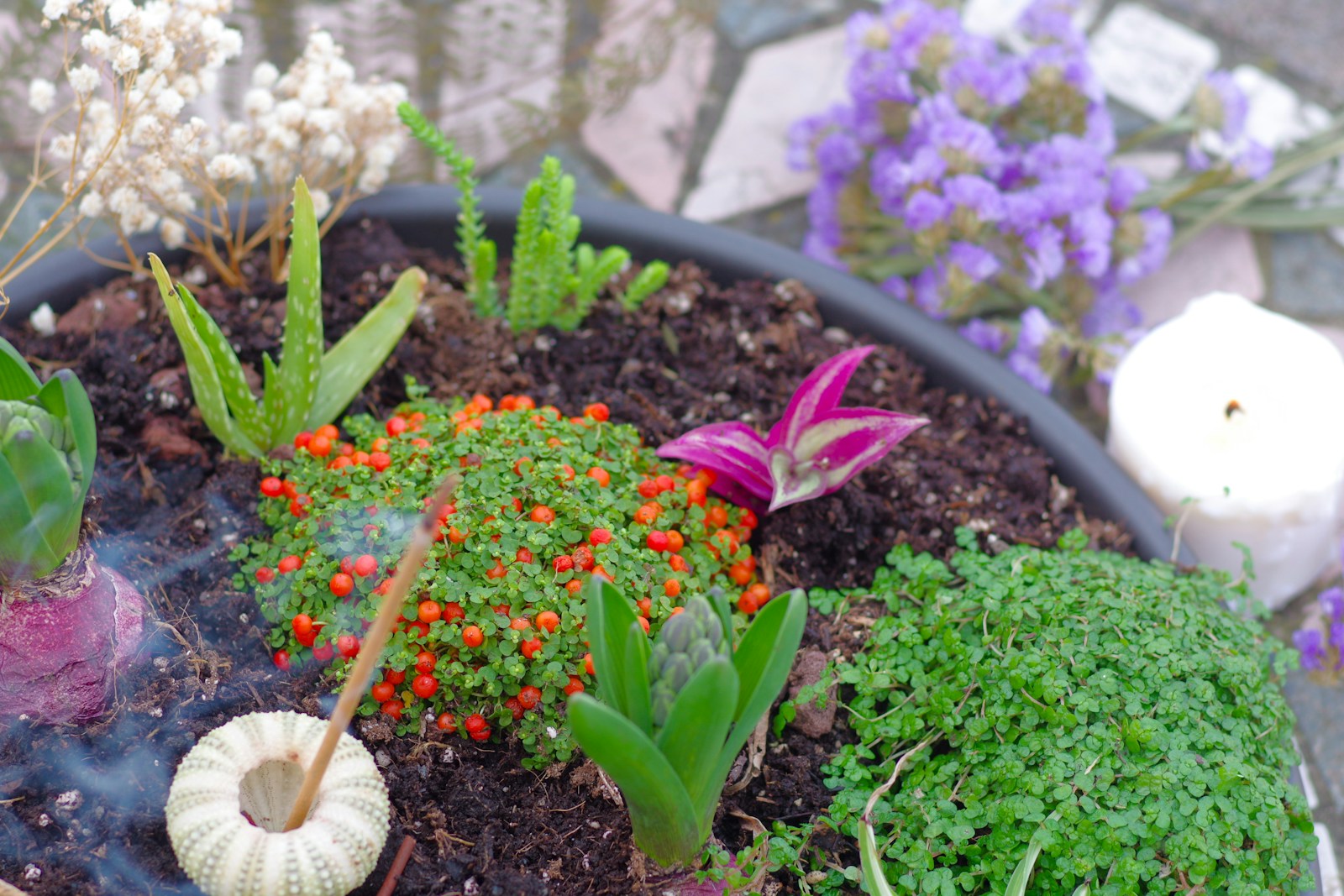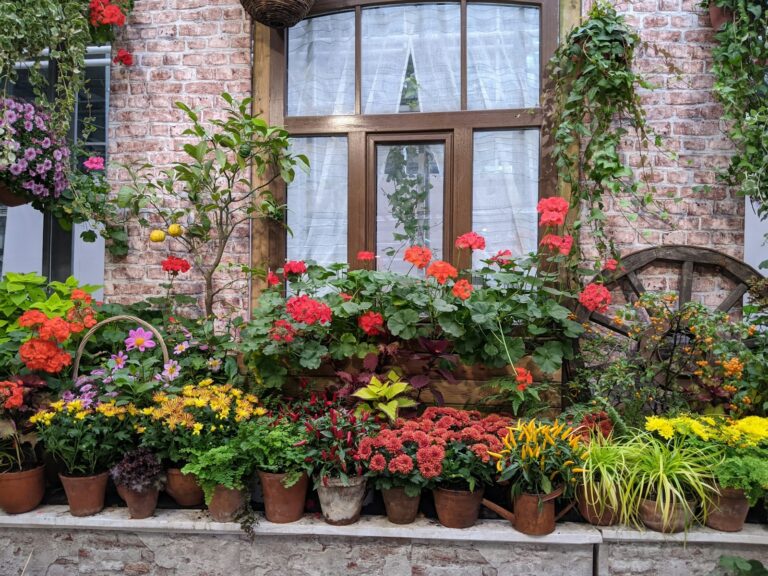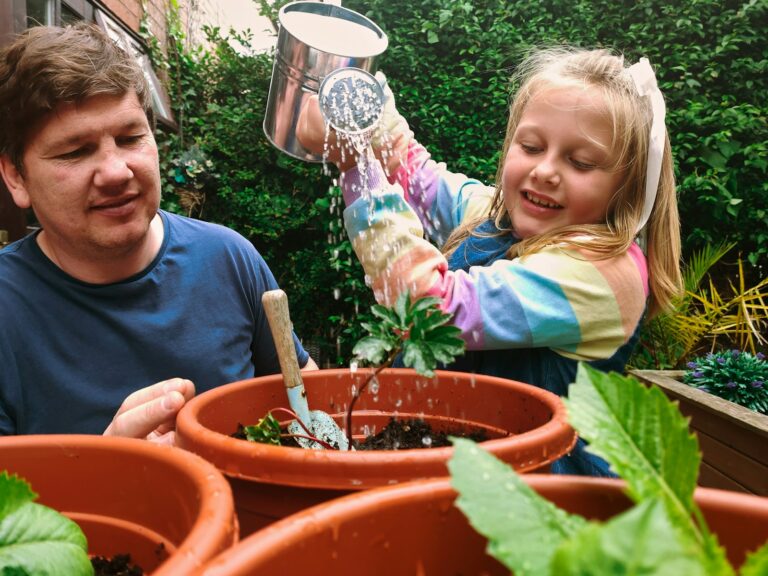Winter Gardening Tasks That Pay Off in Early Spring for a Thriving Garden Year-Round
When the days get shorter and the temperature drops, it’s easy to think gardening is on pause until spring. But winter actually offers a chance to get ahead with a few simple tasks that can make a huge difference when the first signs of spring appear.
Staying involved with your garden now can mean less stress and more blooms later. Get cozy, grab your gloves, and let’s look at how winter chores can set you up for a lush, thriving garden.
Prune fruit trees to promote healthy growth
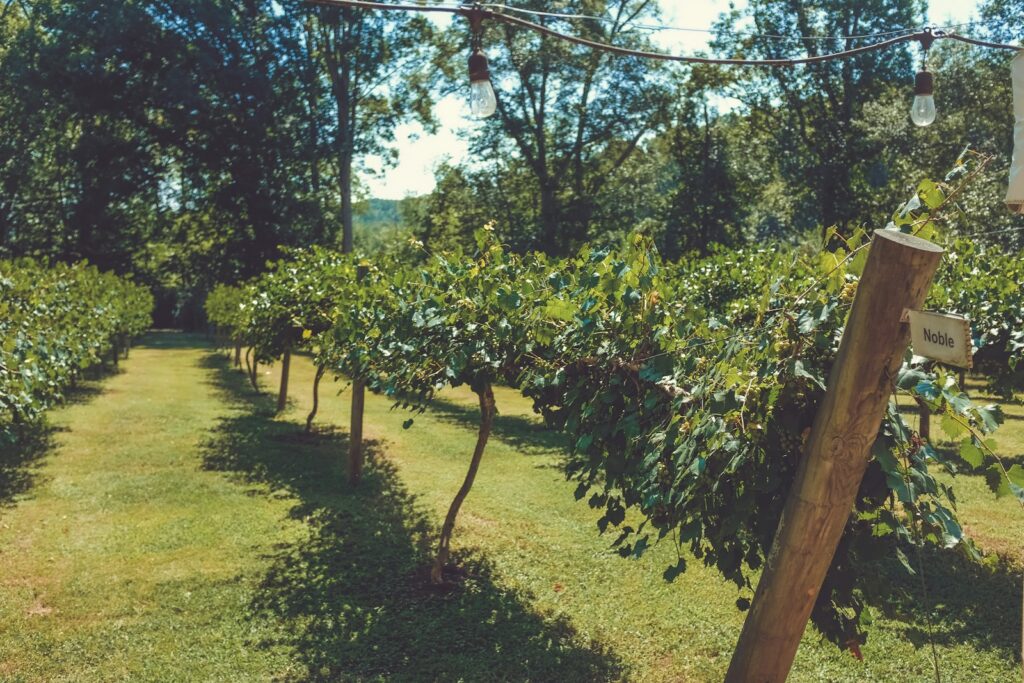
Pruning fruit trees in winter removes dead or crowded branches and helps shape the tree. With the leaves gone, it’s easier to see where to cut and avoid injuring the plant.
Aim to prune in late winter for the best results. This encourages new shoots and better air flow when spring arrives.
Use sharp, clean tools and avoid taking off too much at once. Pruning also lowers the chance of disease by getting rid of weak or damaged limbs.
It’s not just about cutting branches. Shaping your tree now sets it up for healthy fruit and strong growth later.
Mulch perennial beds to protect roots from frost
Adding mulch to perennial beds in winter helps shield roots from freezing temperatures. Use organic mulch like straw, leaves, or shredded bark and spread it about two to three inches thick.
Start with slightly moist soil and clear away any dead plants before applying mulch. This keeps your garden tidy and helps prevent problems.
Keep mulch a little away from plant bases to avoid rot. Mulch acts like a blanket, keeping the soil warmer and reducing freeze-thaw cycles.
Your perennials will thank you in spring with stronger, healthier growth.
Start vegetable seeds indoors like tomatoes and peppers

Starting seeds indoors gives you a jump on the growing season. Begin tomatoes and peppers four to six weeks before your last frost date.
Find a warm, sunny spot or use grow lights to help your seedlings thrive. Keep the soil moist but not soggy.
Tomatoes and peppers need extra time since they love warm weather. Starting them inside means they’ll be ready to grow outside when it warms up.
Healthy seedlings now lead to a more bountiful harvest later.
Compost garden waste to enrich soil for spring
Composting garden waste during winter is a great way to prep your soil. Gather leaves, trimmings, and kitchen scraps to build a nutrient-rich compost pile.
Keep the pile covered and turn it now and then to help it break down, even in cold weather. This keeps air moving and stops the pile from freezing solid.
By spring, you’ll have compost ready to spread over your garden beds. This boosts soil structure and holds moisture for the months ahead.
Less waste and healthier soil are a win-win for any gardener.
Clean and sharpen garden tools for efficient use
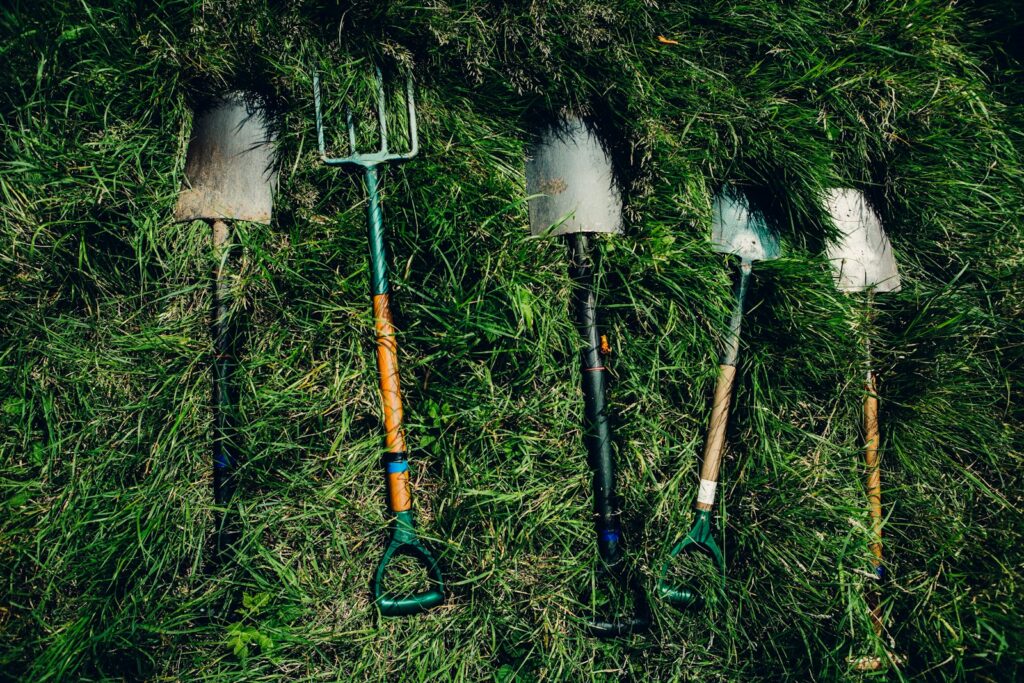
Cleaning your garden tools before winter keeps them in good shape. Remove dirt and plant residue with water and a sponge, then dry them thoroughly.
Sharpen blades with a file or sharpening stone so your tools work better in spring. Sharp tools make gardening smoother and safer.
After cleaning and sharpening, add a light coat of oil to metal parts. Store your tools in a dry place to protect them from rust and damage.
Ready tools mean less frustration and more time enjoying your garden when the season changes.
Plant cover crops to improve soil fertility
Cover crops are a simple way to improve soil health during winter. Plants like clover, rye, or wheat protect the soil and add nutrients as they grow.
Clover adds nitrogen, while rye and wheat help prevent erosion. Their roots break up compacted soil, making it easier for water and air to reach your plants later.
In spring, turn cover crops into the soil for extra organic matter. They also help block weeds, making spring chores easier.
A little effort now keeps your soil strong and ready for new plants.
Insulate tender plants with frost blankets
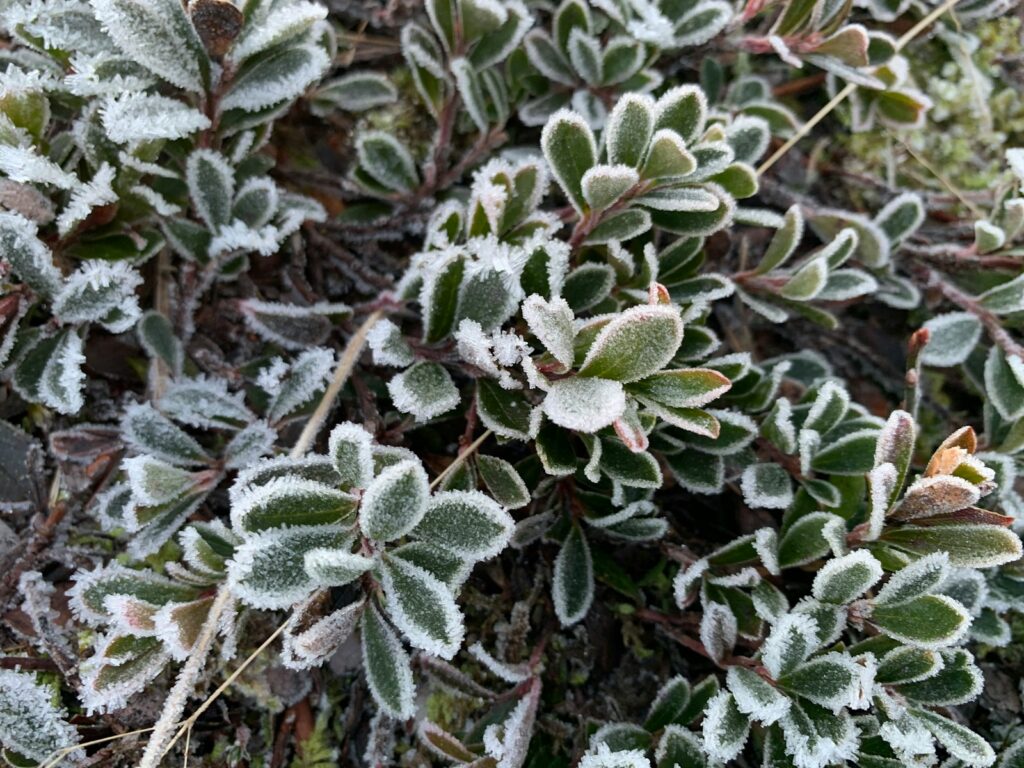
Frost blankets are an easy way to protect tender plants from chilly nights. These breathable covers help keep warmth in while letting moisture and light through.
When frost is in the forecast, drape the blanket over your plants before evening. Secure the edges with rocks or soil to keep cold air out.
Frost blankets are reusable, so store them away after winter for next year. This simple trick helps keep sensitive plants healthy until spring.
Plan your spring garden layout and crop rotation
Winter is the perfect time to dream up your spring garden. Review last year’s layout and jot down what worked and what didn’t.
Crop rotation keeps soil healthy by changing where you plant certain vegetables each year. This helps prevent pests and diseases from building up.
Consider sunlight and drainage as you sketch out your plan. Ordering seeds early means you get the best selection and less stress later.
A little planning now can make spring planting a breeze.
Harvest and store remaining root vegetables
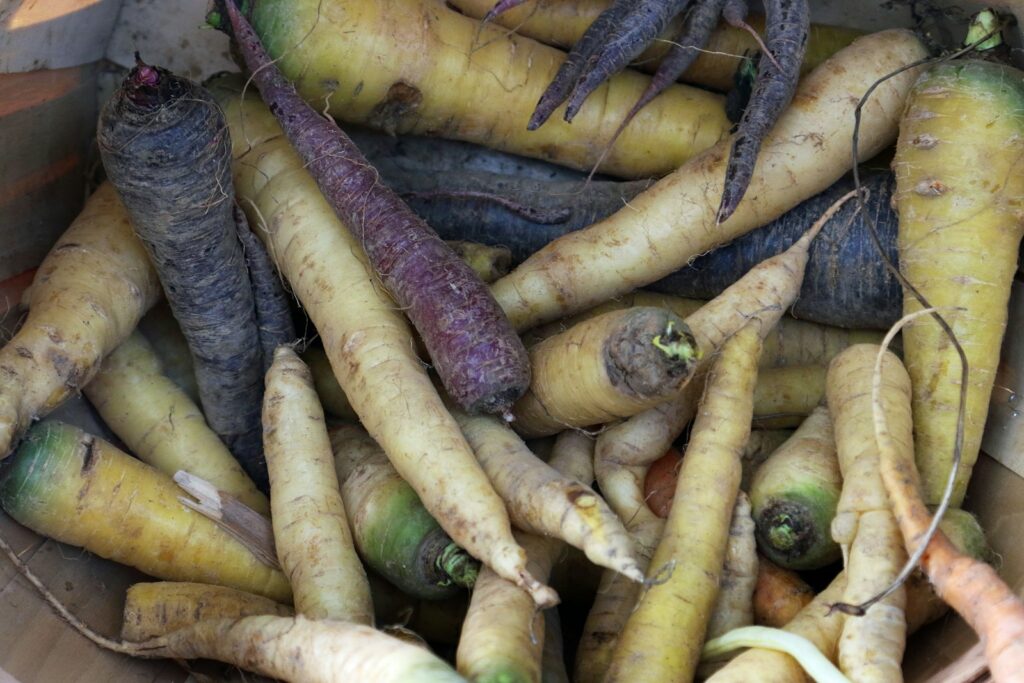
If you still have root vegetables like carrots, beets, or parsnips in the ground, harvest them before the soil freezes solid. These crops stay fresh longer when picked before deep frost sets in.
Store your roots in a cool, dark place like a basement or root cellar. Damp sand or sawdust helps keep them moist and prevents shriveling.
Paper wrapping or perforated bags in the fridge work if you don’t have a cellar. Freezing, pickling, or fermenting are other ways to save your harvest.
Check your stored veggies regularly and remove any that are spoiling to keep the rest fresh.
Divide and repot houseplants for stronger growth
Winter is a good time to give houseplants some attention. If your plants look crowded or have outgrown their pots, divide and repot them.
Gently separate the root ball and move sections into fresh soil and slightly larger pots. This gives roots more space and better access to nutrients.
Repotting in winter means your plants can rest and recover before spring growth picks up. Water them well after repotting to help them settle in.
Your houseplants will reward you with healthier leaves and more vigorous growth.
Timing Tips for Winter Tasks

Knowing when to tackle winter gardening chores can make a big difference. The right timing helps protect plants and sets up your soil for a strong start.
Understanding Local Climate Patterns
Your local weather shapes how and when you do winter garden work. Watch for first frost dates and how long the cold sticks around in your area.
If frosts come early where you live, get tasks like mulching and pruning done before then. In milder climates, you might be able to wait longer or start seeds sooner.
Keep notes or use a gardening app to track your local climate each year. Adjust your winter plans as needed so your garden is always ready for the next season.
Timing Fertilizer and Mulch Applications

Knowing when to apply fertilizer can make a big difference in how your garden bounces back in spring. Wait until late fall or early winter, after plants have slowed their growth.
This timing gives roots important nutrients during dormancy. Avoid fertilizing too late because any new growth could get damaged by freezing weather.
Mulch is another key step for winter prep. It acts like a blanket, helping to keep soil temperature steady and holding in moisture.
After the first hard frost, add mulch to protect plant roots from the cold. Choose organic materials such as leaves, straw, or wood chips for the best results.
Spread mulch two to four inches thick around perennials and shrubs. Make sure not to cover the plant crowns so air can circulate and prevent rot.

